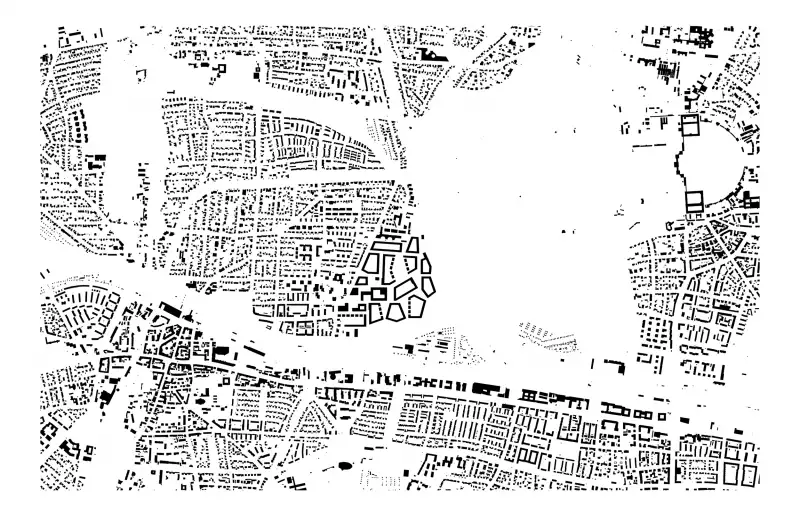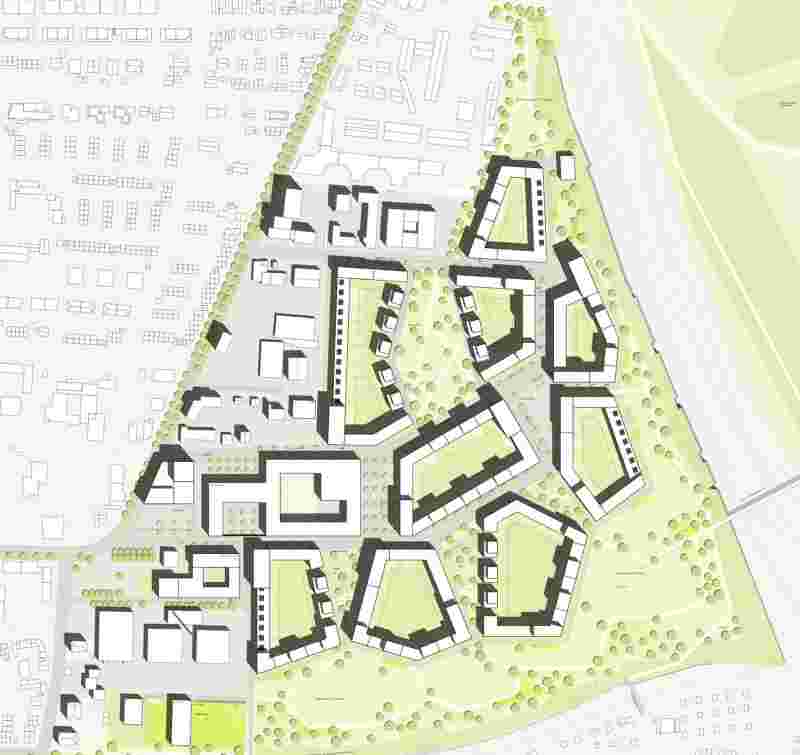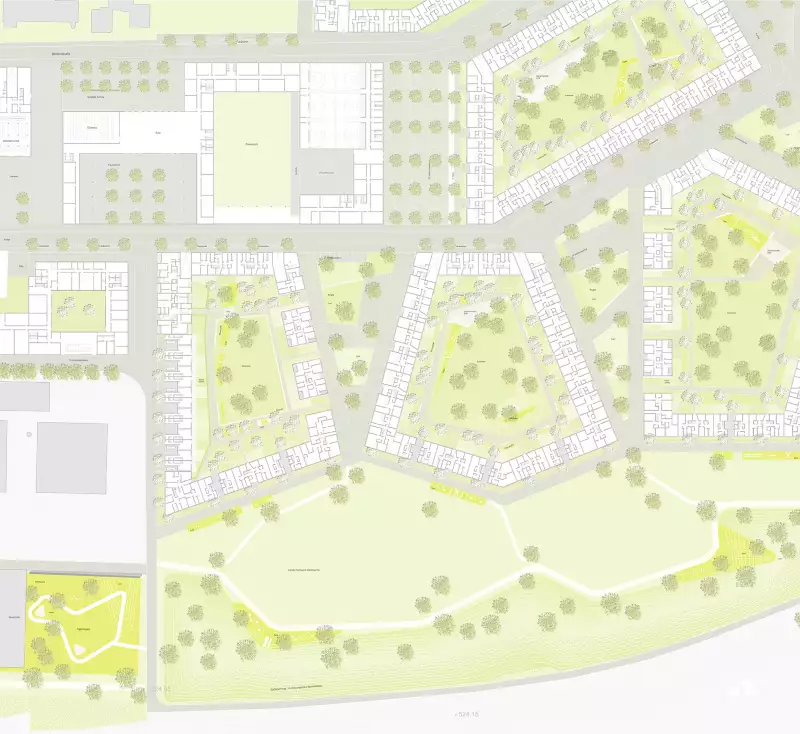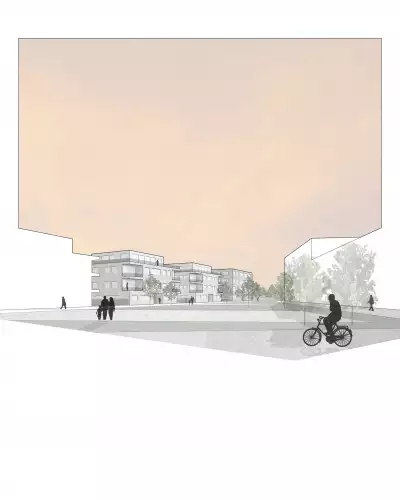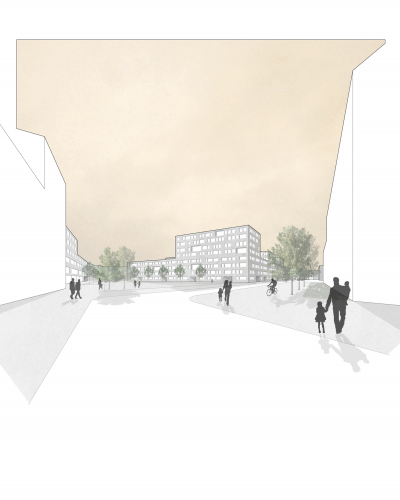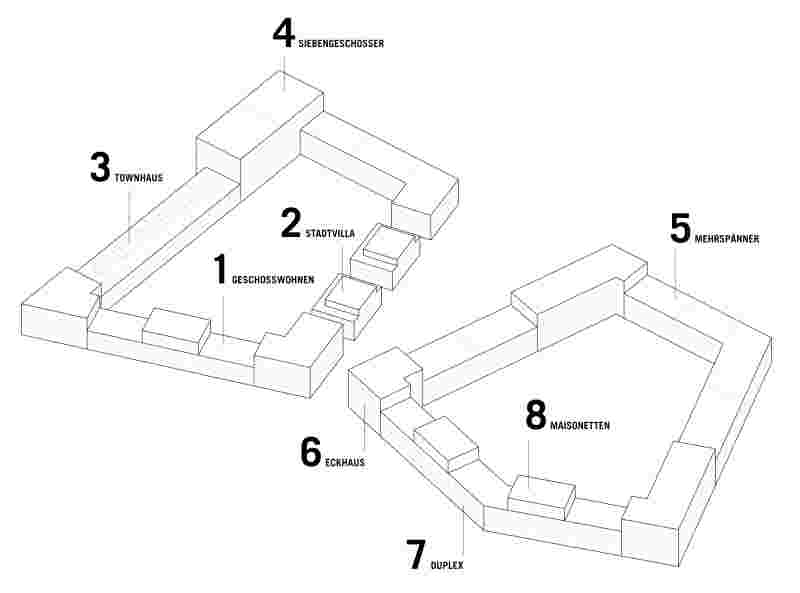Competition Paul-Gerhard-Allee
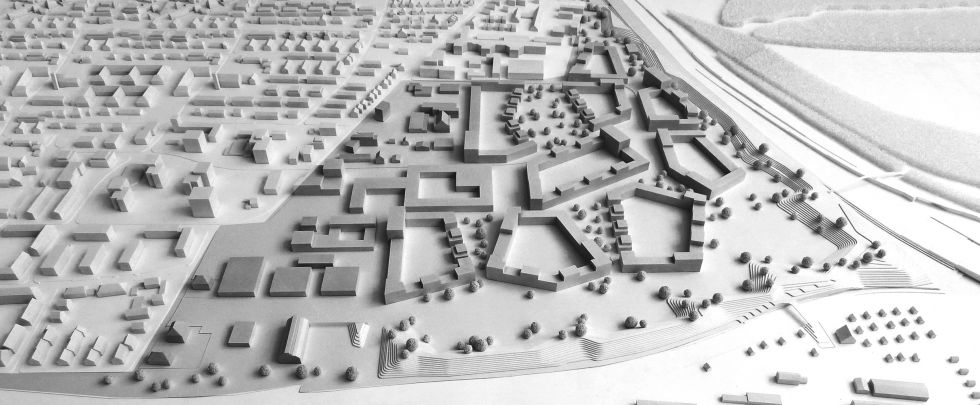

| Location | Munich |
|---|---|
| Area | 237.000 m2 |
| Housing Units | 2.400 |
| Capacity | 5.500 |
| Client | aurelis Real Estate GmbH & Co. KG / Berdux Liegenschaften GmbH / Baywobau Baubetreuung GmbH / ARTEC-A GmbH & Co. KG / Münchner Grund Immobilien Bauträger AG |
| Landscape Architects | lohrer.hochrein landschaftsarchitekten und stadtplaner gmbh |
| Status | Conceptual competition 2012, 1st prize |
| Date | 2012 |
| Project Team | Ina-Maria Schmidbauer, Patrick von Ridder, Peter Scheller, Roman Leonhartsberger, Stephen Bushell |
The area on Paul-Gerhardt-Allee is the last remaining area to be developed within the "Central Railway Areas" in the Pasing/Obermenzing district. The planning is intended to create a piece of the city with differentiated spatial sequences. The area will be given a new, clearly urban character: it will thus return to the city's consciousness. The surrounding neighbourhoods will be connected to the new district through spatially defined street spaces, neighbourhood squares, bicycle connections and attractive footpaths. The link with the large, high-quality open spaces is provided by an extensive landscape park that protects the new neighbourhood from the railway. The neighbourhood has the potential to establish itself as a new, dense urban space.
A spacious landscape park with its topographically shaped edge protects the neighbourhood in the south and east from the noise emissions of the railway. The park also links the surrounding open spaces - the park "Am Durchblick", the Würmkanal and the Nymphenburger Park - with the neighbourhood.
This landscaped border is followed towards the interior of the quarter by a layer of generous city blocks as a further frame to protect against noise. The blocks open up to the landscape park like a filter and allow the open space to penetrate into the neighbourhood via the Anger as an interface. The Anger and the differently shaped neighbourhood squares form a system of spatial sequences. The clear, programmatic occupancy and the defined edges of these squares create different places in the urban fabric.
